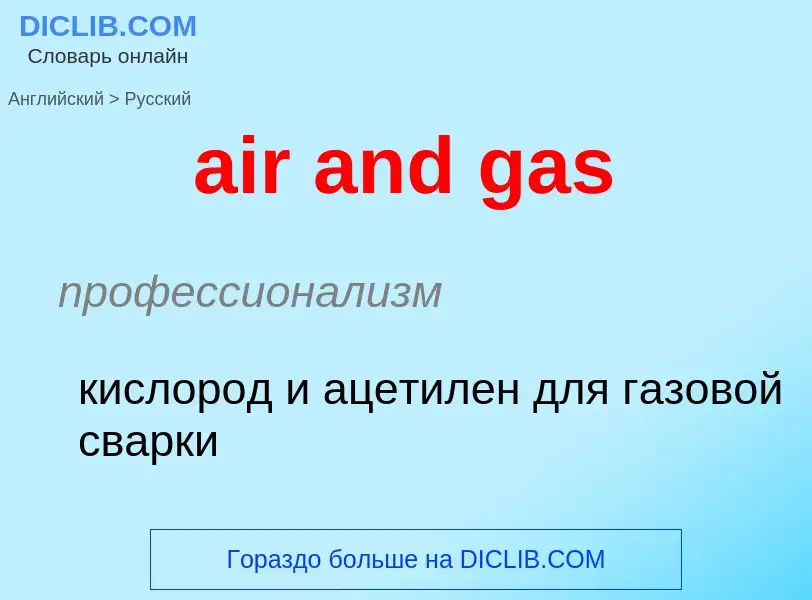Translation and analysis of words by ChatGPT artificial intelligence
On this page you can get a detailed analysis of a word or phrase, produced by the best artificial intelligence technology to date:
- how the word is used
- frequency of use
- it is used more often in oral or written speech
- word translation options
- usage examples (several phrases with translation)
- etymology
air and gas - translation to russian
профессионализм
кислород и ацетилен для газовой сварки
[e(ə)rə(u)'embəliz(ə)m]
медицина
аэроэмболия
существительное
медицина
кессонная болезнь
воздушная эмболия
Wikipedia

An air embolism, also known as a gas embolism, is a blood vessel blockage caused by one or more bubbles of air or other gas in the circulatory system. Air can be introduced into the circulation during surgical procedures, lung over-expansion injury, decompression, and a few other causes. In flora, air embolisms may also occur in the xylem of vascular plants, especially when suffering from water stress.
Divers can develop arterial gas embolisms as a consequence of lung over-expansion injuries. Breathing gas introduced into the venous system of the lungs due to pulmonary barotrauma will not be trapped in the alveolar capillaries, and will consequently be circulated to the rest of the body through the systemic arteries, with a high risk of embolism. Inert gas bubbles arising from decompression are generally formed in the venous side of the systemic circulation, where inert gas concentrations are highest, these bubbles are generally trapped in the capillaries of the lungs where they will usually be eliminated without causing symptoms. If they are shunted to the systemic circulation through a patent foramen ovale they can travel to and lodge in the brain where they can cause stroke, the coronary capillaries where they can cause myocardial ischaemia or other tissues, where the consequences are usually less critical. The first aid treatment is to administer oxygen at the highest practicable concentration, treat for shock and transport to a hospital where therapeutic recompression and hyperbaric oxygen therapy are the definitive treatment.




